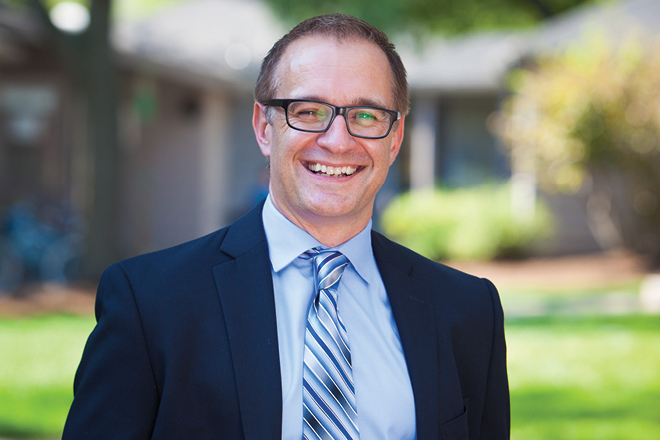Article by Mark J. Stanek, Shady Hill School
Dramatic socioeconomic changes have had significant implications for tuition-dependent schools. Virtually no school has a large enough endowment to permit its admissions to be fully “need-blind.” As a result, we allocate tuition and endowment dollars to provide financial assistance to families. With the costs of an independent-school education outpacing inflation and income growth, what does it mean for tuition-driven schools to continue to enroll a socioeconomically diverse student body?
At Shady Hill, a preK–8 school with a long history of access, equity and inclusion, we grapple with how to balance our operating budget with our commitment to socioeconomic diversity.
At Shady Hill, a preK–8 school with a long history of access, equity and inclusion, we grapple with how to balance our operating budget with our commitment to socioeconomic diversity. National demographic data show that there are fewer families who can afford 10 years of private elementary education. Our board and administration have struggled with how the growing economic disparities play out at Shady Hill. Five years ago, we conducted an anonymous survey to understand our community’s demographics and gain insight into the tradeoffs families make to send their children here. This tool helped us understand the make-up of our community and ask pointed questions about income, net worth and the financial choices families made outside of school. We also invited their views on how rising tuitions should affect program, diversity, personnel and facilities. The themes that emerged enabled us to set long-range budgeting goals and, this year, led to our lowest tuition increase in 18 years.
To strike the best balance possible, we also probe families’ experiences and include their voice when reviewing the school’s curriculum, practices and traditions. Two years ago, we hired consultants from a company called Diversity Directions to conduct a school-wide climate assessment to determine how well we support a diverse, inclusive community. Parents, faculty, staff, administrators, trustees and students shared their experiences individually or in focus groups or larger forums. The results helped us understand the strengths of our school community and identify areas that prevent some from feeling fully included and accepted.
Finally, on an ongoing basis, we examine ways to cut costs and lower future tuition increases. Through benchmarking, restructuring and implementing efficiencies, we expect to realize significant cost savings over the next several years. At our board retreat this fall, NAIS President Donna Orem spoke about the changing independent school landscape and the low-cost models that are emerging. Her presentation, along with demographic forecasts for the Boston area, helped inform our long-term master and financial planning.
Outcomes of our planning include:
- Conversations about class and socioeconomic differences are no longer taboo; they now occur in the classroom and throughout the adult community.
- Grade-level potlucks occur on campus rather than in private homes in order to remove potential socioeconomic overtones from the events.
- We no longer have a school auction. Instead, we have a community-building “spring fling” every other year where tickets are affordable, decorations are made from recyclables, and parents and employees may request free tickets.
- We conduct financial sustainability surveys to better understand our community demographics and family spending patterns.
- When there is a job opening, we examine the necessity of that position and ask ourselves whether it might be integrated with other responsibilities.
- The head of school can use a board-designated endowed fund to provide additional funding for families receiving financial assistance.
When we discuss affordability as an administration and community, we make sure to honor our institution’s core beliefs. Our board affirmed that Shady Hill must be socioeconomically diverse while offering an outstanding program, highly competitive compensation, a well-tended physical plant and affordability and access. As Shady Hill embarks on the first year of its second century, I am proud of the work we are doing to ensure that we preserve our values, carry out our mission and remain an innovative learning community. By not shying away from important conversations and by listening to families’ experiences, our goal is to have an inclusive school that is accessible to all.
Mark J. Stanek is head of school at Shady Hill School, a preK–8 day school with 520 students in Cambridge, Massachusetts.
Download a PDF of the article.



